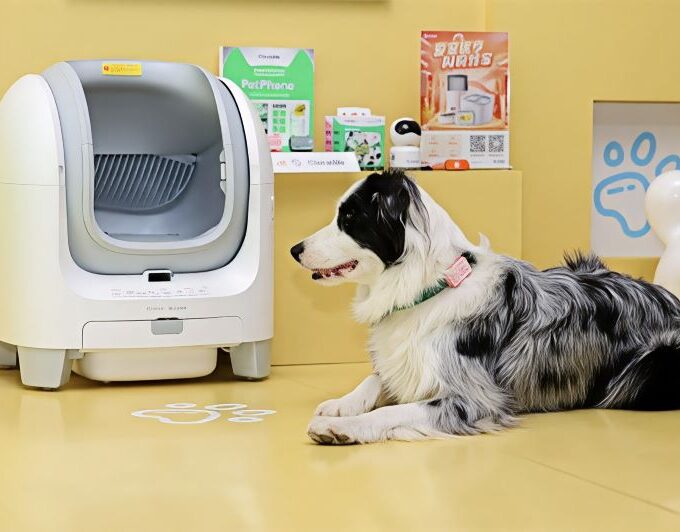An international research team is advancing AI disease prediction technology toward new heights in multi-disease and long-term forecasting. Recently, an international team published a paper in the British journal Nature detailing the Delphi-2M tool, jointly developed by institutions including the German Cancer Research Center. Trained on health data from 400,000 individuals in the UK Biobank, the tool can accurately predict the likelihood of developing over 1,000 diseases within the next 20 years based on an individual’s medical history and factors such as age, gender, body mass index, smoking, and drinking habits. To validate its reliability, researchers calibrated the tool using data from 1.9 million individuals in Denmark, demonstrating its potential for cross-population applicability.
Comparative studies further confirmed Delphi-2M’s advantages: its predictive accuracy matches or surpasses multiple existing AI tools designed for single-disease risk assessment, while significantly outperforming a machine learning algorithm that relies on biomarkers to predict multiple disease risks. However, the researchers acknowledge limitations, such as the narrow scope of training data sources, which may affect adaptability across different populations. The team plans to incorporate data from additional countries for subsequent training to broaden its applicability. From a technical architecture perspective, Delphi-2M employs a GPT-like Transformer model that can encode and analyze diverse health data to simulate the long-term evolution of individual health trajectories, offering a new paradigm for multi-disease risk prediction.
Innovative Applications
These AI tools are driving a shift in healthcare from “reactive treatment” to “proactive risk prediction.” Delphi-2M has demonstrated practical value in simulated scenarios, with its ten-year health predictions for individuals aged 60 showing high consistency with actual outcomes. This provides data support for public health resource allocation, particularly helping physicians identify high-risk populations earlier and develop targeted preventive measures in advance. Plasma proteomics AI models lower testing barriers by generating personalized risk reports through routine plasma analysis, empowering primary care providers to implement early interventions.
In chronic disease management, AI tools deliver significant synergistic effects. By integrating real-time data like heart rate and sleep patterns collected from wearable devices, AI models dynamically adjust risk assessments. For instance, when sleep scores decline alongside elevated heart rates, the system automatically pushes dietary and exercise recommendations, triggering timely medical alerts upon detecting abnormalities. This “monitoring-prediction-intervention” closed-loop system has already reduced chronic disease emergency rates by 35% and lowered healthcare expenditures by 28% in certain regions.

Development Challenges
Despite its immense potential, AI disease prediction faces multiple challenges. Data representativeness issues are prominent: beyond the narrow training data sources in Delphi-2M, some models exhibit slightly reduced accuracy in other populations due to training datasets heavily skewed toward affluent, healthy individuals. The “black box” nature of algorithms and associated bias risks are equally significant. Some models exhibit evaluation biases toward specific skin tones or ethnic groups, such as the lower accuracy of skin cancer diagnosis AI for darker-skinned patients—an issue demanding urgent resolution.
Industry standards and regulatory frameworks are gradually taking shape. The EU’s AI Act classifies medical AI as high-risk, mandating stringent approvals starting in 2026. The U.S. FDA has approved over 1,200 AI medical devices and issued specialized guidelines. The scientific community widely emphasizes that AI should serve as a physician-assistive tool rather than a replacement. Establishing human-machine collaborative decision-making mechanisms and implementing secondary review processes for conflicting results are essential to balance technological innovation with medical safety.












